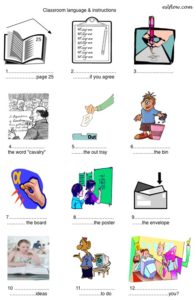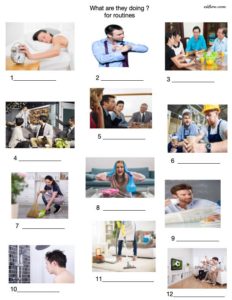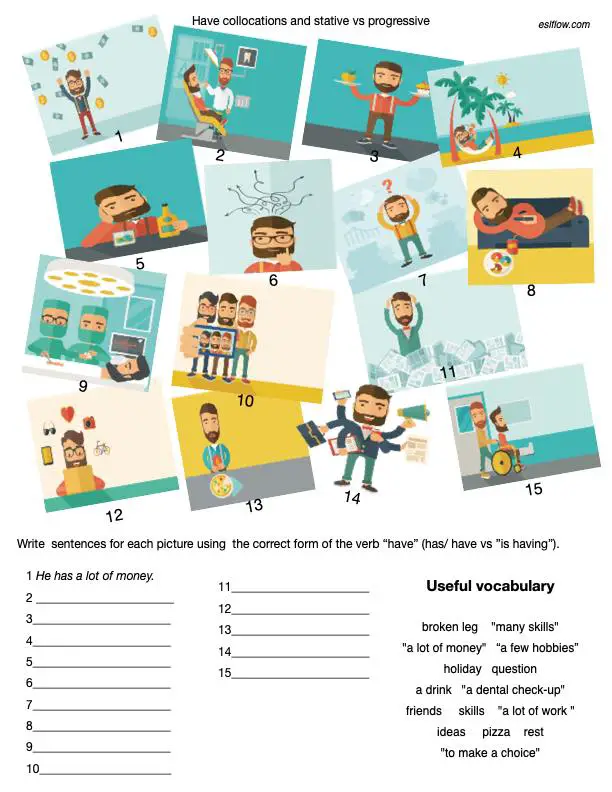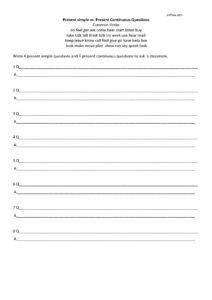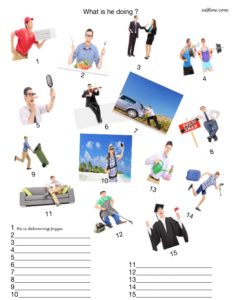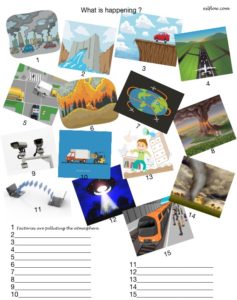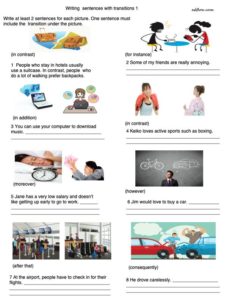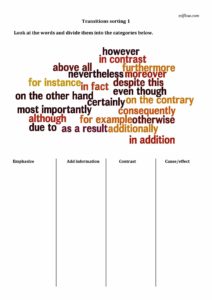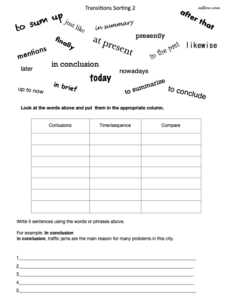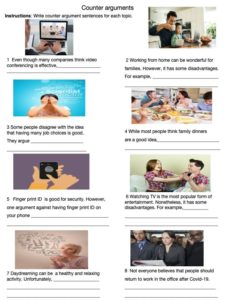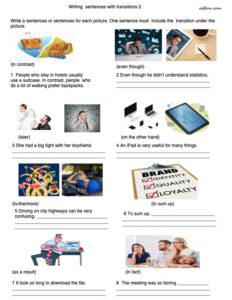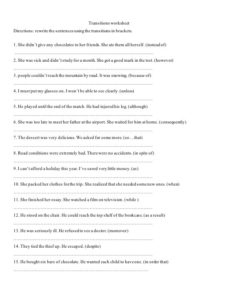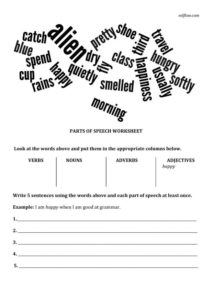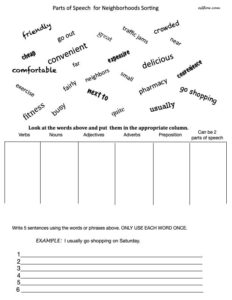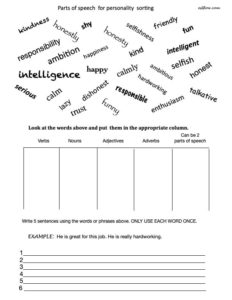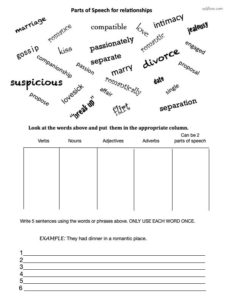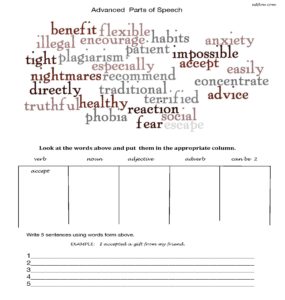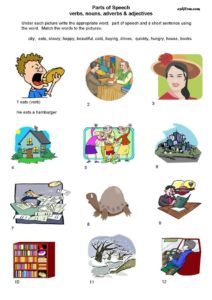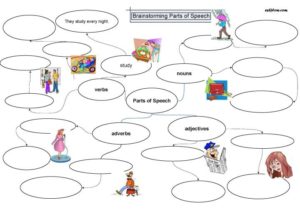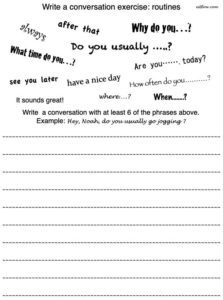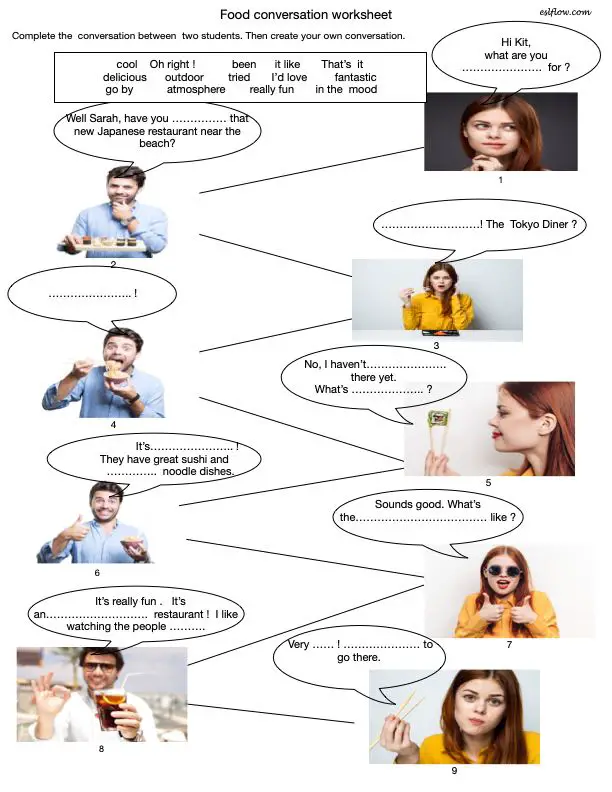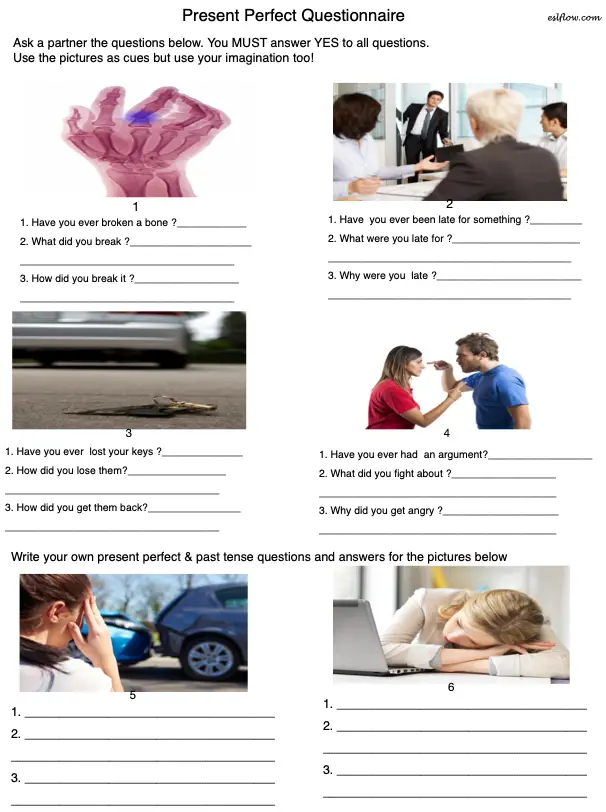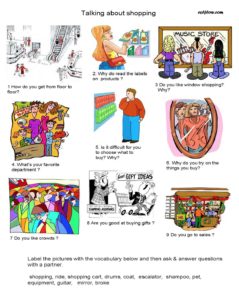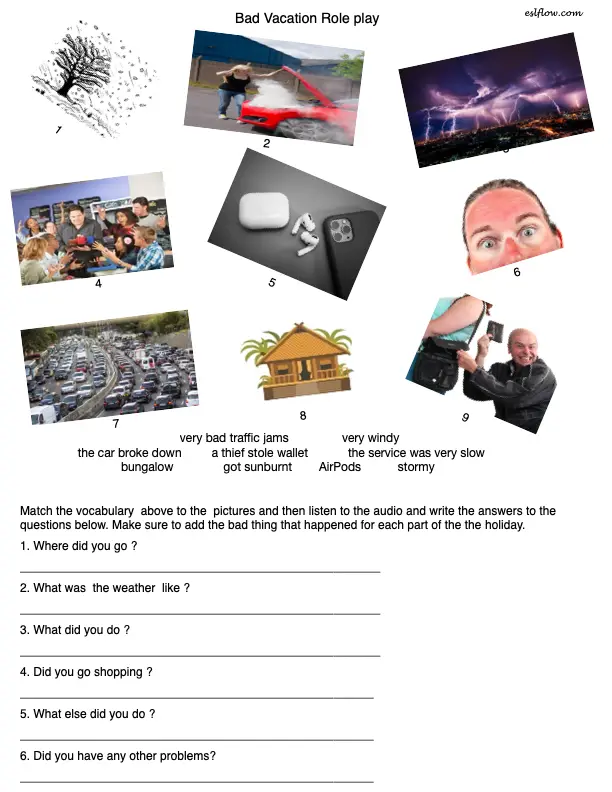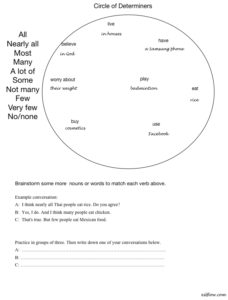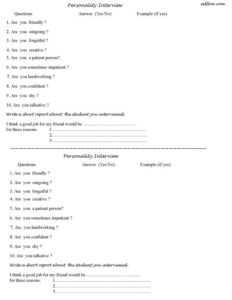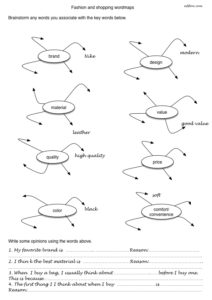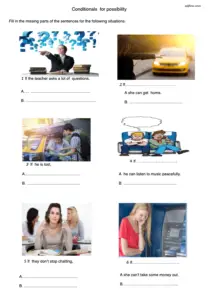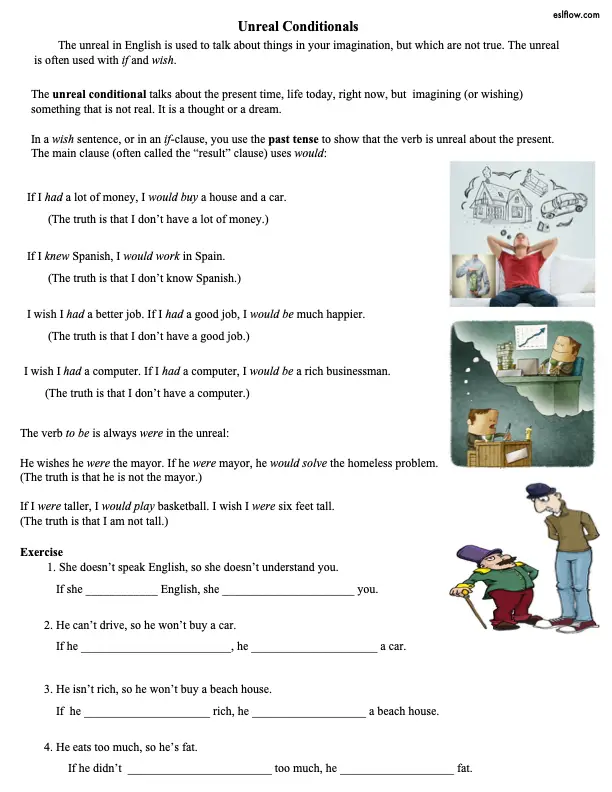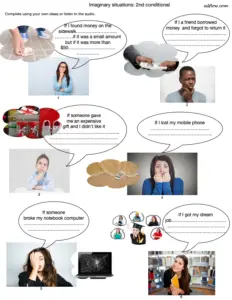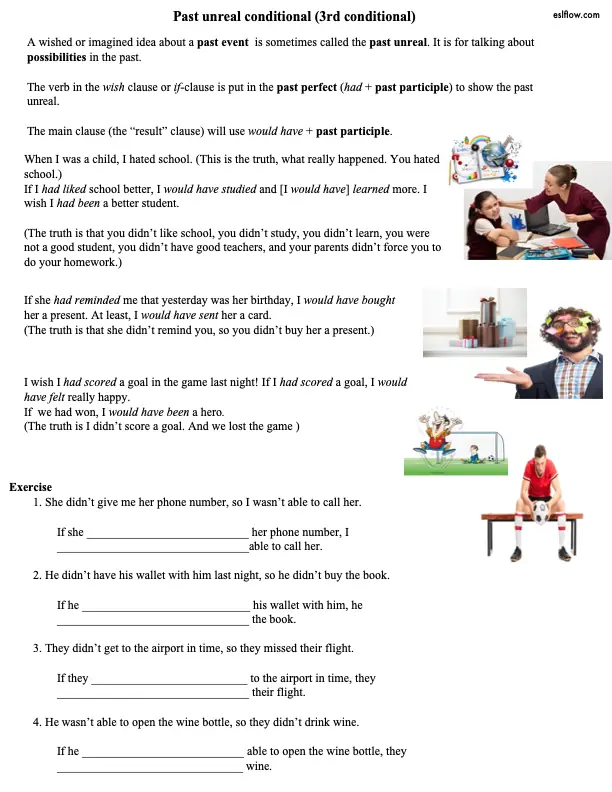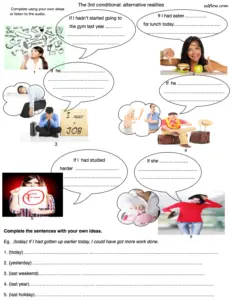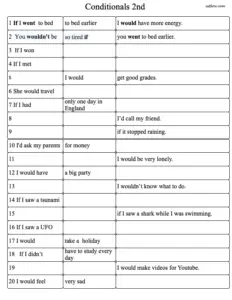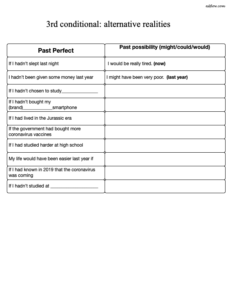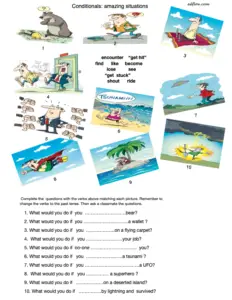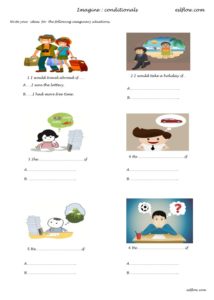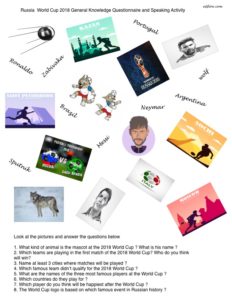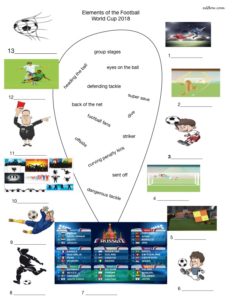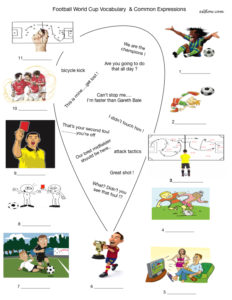Classroom Language and Vocabulary Exercises and Worksheets
1 Brainstorming classroom expressions (with answers)
This is a good icebreaker for talking about classroom language.
2 Classroom language: rules & commands (with audio and answers)
The exercises below are for introducing, reviewing or reinforcing commonly used classroom language. Depending on the level and ability of the students, a teacher may ask students to listen and write down the rules and commands (imperatives) they hear. I have also used these exercises for teaching teachers who use two languages in the classroom and who generally use their native language for technical subjects such as science and medical technology but like to occasionally communicate in English. This helps familiarize the students with classroom communication in English.
Classroom language: rules and commands (PDF)
Classroom language: rules & commands
Subscribe to Eslflow
Subscribe to get full access to the latest and best resources from eslflow.com. There are no ads in the newsletter and you will receive entertaining, high quality, and up-to-date teaching resources regularly. And, if you subscribe, you will be supporting the eslflow website.
3 Classroom instructions – imperatives (with audio and answers)
Below is another exercise for expanding the range of ESL students’ or teachers’ vocabulary. These are a collection of common imperatives used in the classroom.
Classroom language and instructions with answers (PDF)
4 Classroom requests & queries (with audio and answers)
The elementary exercise focuses on classroom requests.
Classroom requests worksheet w. answers (PDF)
5 Classroom objects (with answers)
Students match the classroom classroom objects to the appropriate pictures. If they are good enough, they can try to make sentences using the words. Then they complete the gap fill exercise with the appropriate words.
Classroom objects vocabulary exercises (PDF)
Related Resources
9 Super Elementary Speaking Exercises
5 Elementary Create a Conversation Exercises for Speaking Classes
5 Elementary Conversational Expressions Exercises
5 First Day Activities for an ESL Class
10 Really! Elementary ESL classroom icebreakers
7 Essential Speaking Activities for ESL Classes
3 Great Icebreakers to Start a Class
8 Invitation and Request Dialogues for Everyday Scenarios
6 Elements of classroom communication (with answers)
Students match the classroom expressions and language to the appropriate pictures.
Elements of classroom communication (PDF)
7 Brainstorming instructional vocabulary
This worksheet is a brainstorming exercise challenging students to explore and expand their knowledge of classroom language. The teacher encourages students to think of any words, expressions or collocations that might be used with the encircled words.
Brainstorming instructional vocabulary for the classroom(PDF)
8 Teacher language: advanced classroom language
The following worksheet is suitable for more advanced learners. It focuses on word formation.
Advanced classroom language (PDF)
9 Common classroom expressions matching exercise
The exercise below is for helping students to understand and explore classroom language and expressions. Classroom language can often be confusing due to the various ways of using phrasal and two-part verbs. It is often surprising how far students advance without fully understanding classroom language. I have also used this exercise for teaching teachers who use two languages in the classroom and who generally use their native language for technical subjects such as science and medical technology but like to give instructions and directions in English.
Common classroom expressions matching exercise (PDF)
10 Common classroom language and expressions
The exercise below is another exercise exploring commonly used classroom language with the aid of pictures.
Common classroom language and expressions (PDF)


